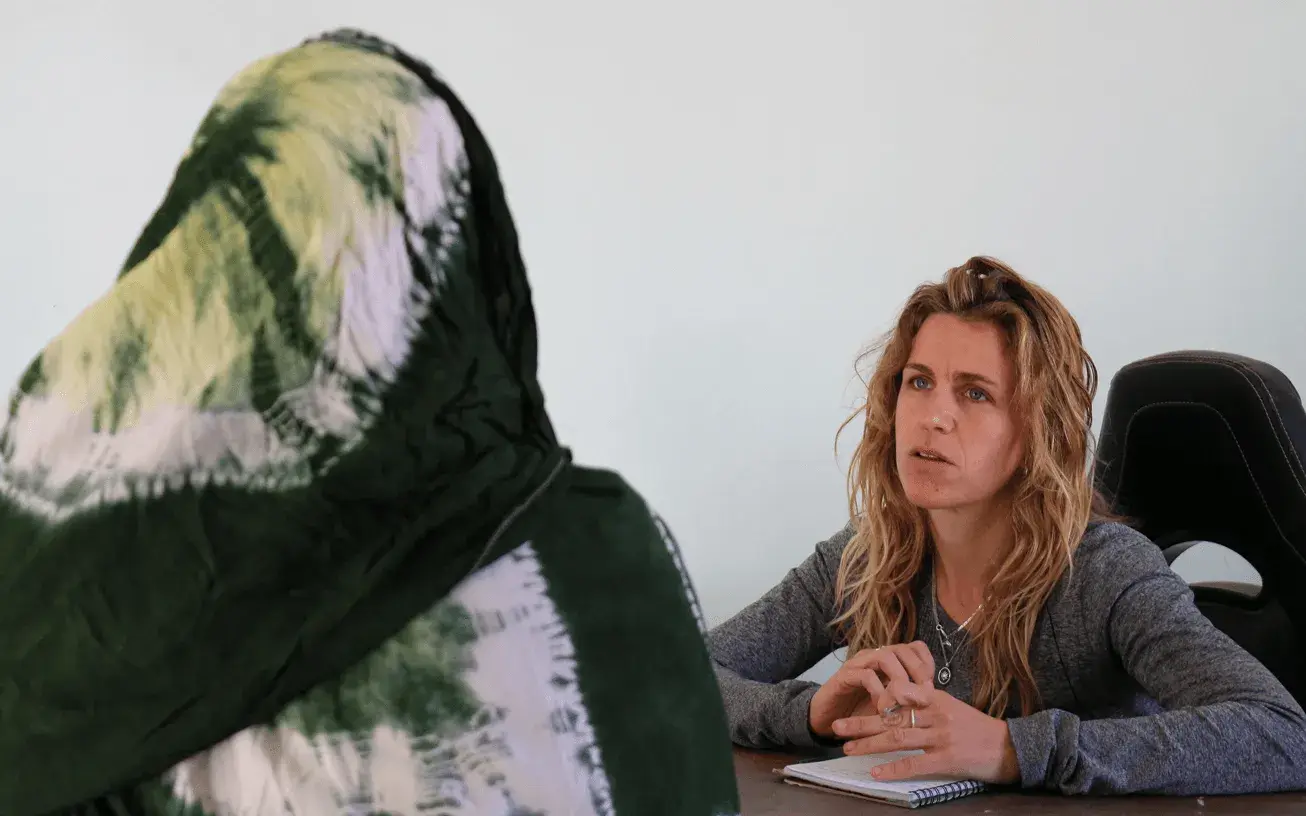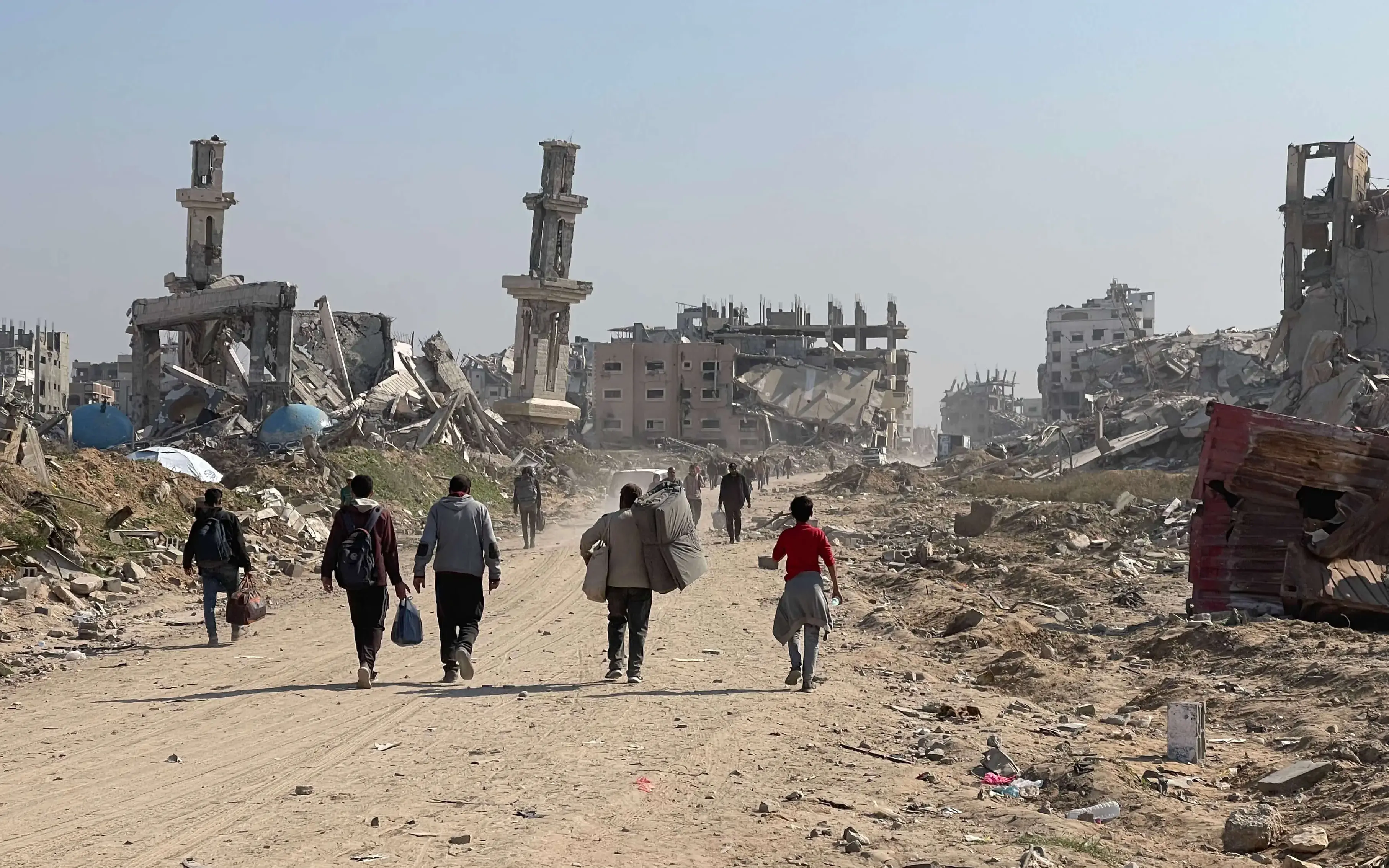SIPRI yearbook points out nine countries as the major nuclear weapon bearers.
SIPRI yearbook published last July the information about the nuclear forces trend and the evolution all over the world and one fact is to be highlighted: there are fewer nuclear weapons in the world but they are more modern. The report has been elaborated by the Stockholm International Peace Research Institute (SIPRI) and it draws attention to the nine countries having the largest nuclear weapons arsenals, among them: the United States, Russia, the United Kingdom, France, China, India, Pakistan, Israel, and North Korea.
The country with more nuclear forces is Russia, with 7,000; followed by the United States, with 6,800. Both powers have the 93% of the nuclear weapons of the world. Israel is the one with the smallest arsenal, 80, in addition to the rest of the countries, with a total of 14,935 nuclear elements.
The good news would be the comparison between 2017 and 2016; one year ago, the number of nuclear weapons was 15,395. Another important information of the report is that, although there has been a reduction, the pace remains slow. In 2011, the Measures for the Further Reduction and Limitation of Strategic Offensive Arms Treaty (New START) was implemented, but even so, the actions of the countries are less committed than desired.
Also, the reports underlines that some of the countries are developing nuclear weapons modernisation programs. This could be the case of the United States, which could spend up to one billion dollars in the next 30 years. “Despite the recent progress in the international dialogue about a treaty banning nuclear weapons, the nine countries having these weapons will implement long term modernisation programmes”, says the SIPRI senior researcher, Shannon Kile, in the “Fundipau” website.
The report has been drawn up with estimates from January 2017. SIPRI is an independent international institute dedicated to research into conflict, armaments, and disarmament. Established in 1966, SIPRI provides data, analysis and recommendations, to policymakers, researchers, media and the interested public. Based in Stockholm, SIPRI also has a presence in Beijing, and is regularly ranked among the most respected think tanks worldwide.









Add new comment